7 Tips to Know About Top Things to Know Before Buying Plants for Your Front Yard
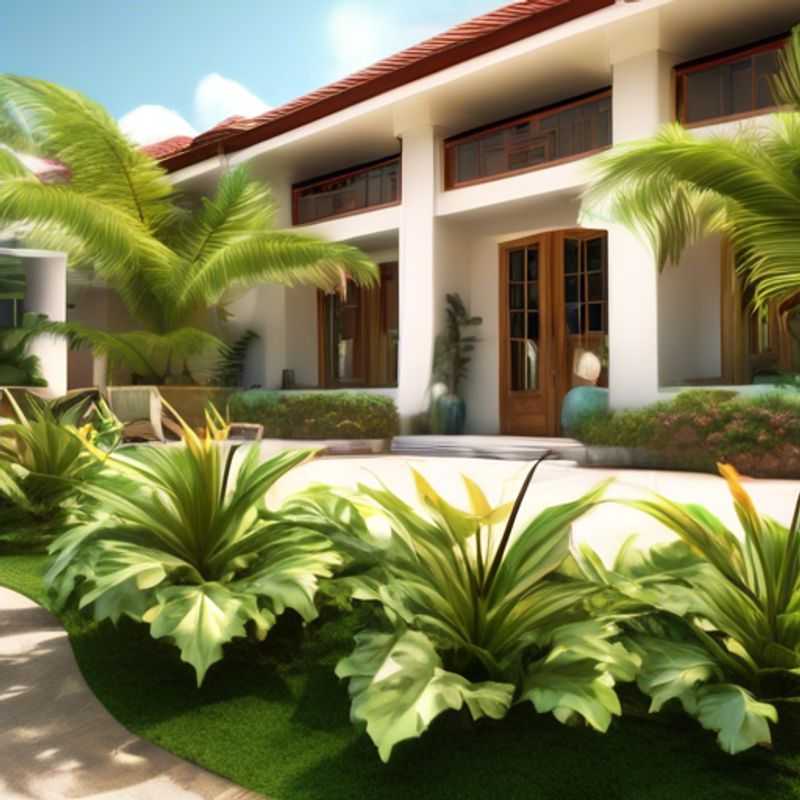
7 Tips for Choosing the Perfect Plants for Your Front-of-House Oasis
Ah, the front of the house – the first impression, the welcoming embrace. It's a canvas for your personality, a chance to bring the outdoors in. But choosing the right plants can be a bit of a balancing act.
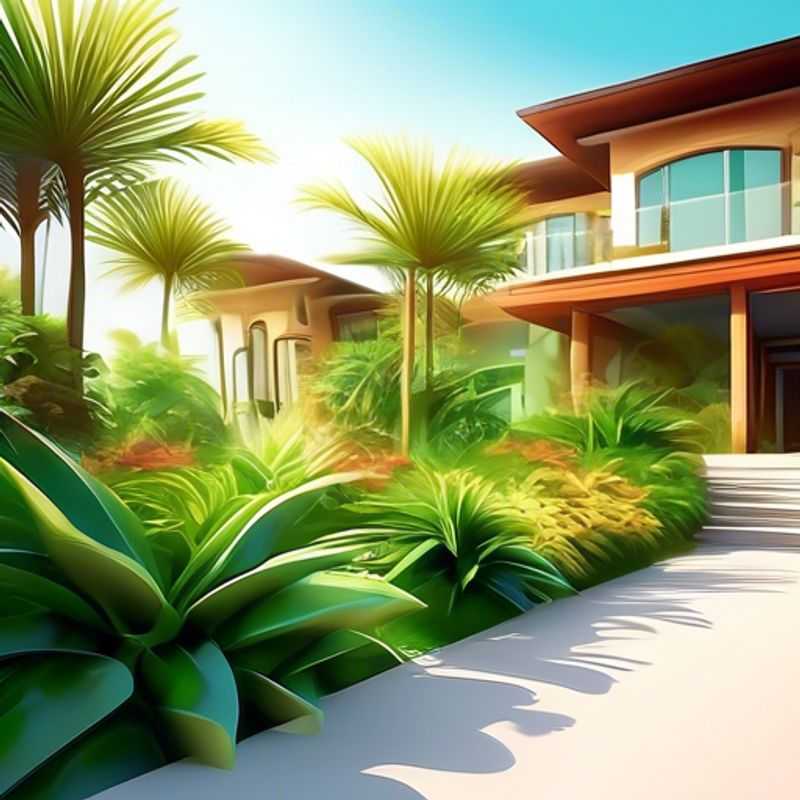
Low-Maintenance Front Yard Landscaping: Choosing Plants That Thrive
Choosing low-maintenance plants for your front yard is a great way to enhance curb appeal without sacrificing your precious time. It's all about understanding the specific conditions your yard offers and selecting plants that thrive in them. This often means considering the amount of sunlight your yard receives, the type of soil, and the overall climate.
For sunny locations, consider succulents, cacti, or drought-tolerant grasses. These plants require minimal watering and can withstand intense heat. For shady areas, hostas, ferns, or shade-loving groundcovers are excellent choices. These plants thrive in the dappled light and don't need constant watering.
Once you've considered the sunlight and soil conditions, think about the overall aesthetic you desire. Do you want a vibrant, colorful display or a more subtle, natural look? There are many plant options available to achieve your desired look. A visit to your local garden center or nursery will help you find the perfect low-maintenance plants to suit your specific needs.
Beyond choosing the right plants, there are some additional factors to consider, such as the size and shape of your yard. A larger space might allow for a variety of plants and textures, while a smaller yard might be better suited for a few statement plants. Regardless of the size of your yard, be sure to select plants that will mature well within the available space.
Lastly, don't forget to consider the cost associated with purchasing plants. Some low-maintenance plants can be quite affordable, while others may require a larger investment. It's always best to do your research and compare prices before making a final decision. With a little planning and effort, you can create a beautiful and low-maintenance front yard that you can enjoy for years to come.
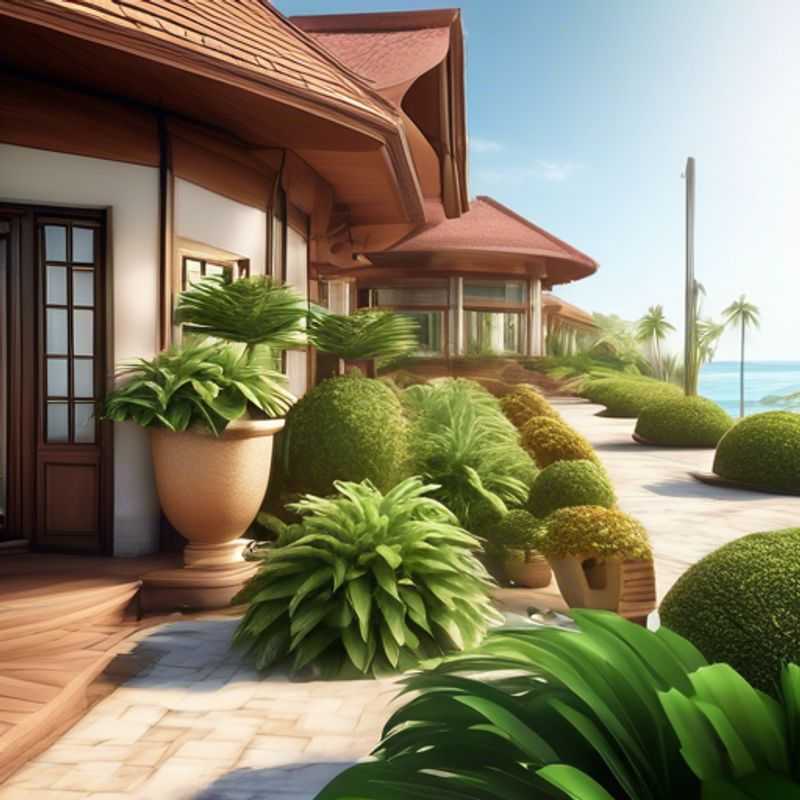
Sunlight and Your Garden: Choosing Plants for Optimal Growth
Sunlight is essential for plant growth, and different plants have different sunlight requirements. Understanding these requirements and selecting plants accordingly is crucial for a thriving garden.
Sunlight exposure is usually categorized into three levels: full sun, partial shade, and full shade.
Full sun refers to areas that receive at least 6 hours of direct sunlight daily, while partial shade means 4-6 hours. Full shade indicates areas that receive less than 4 hours of direct sunlight, often with filtered light or dappled shade.
Plants that thrive in full sun typically have thick, leathery leaves and can withstand intense heat. Examples include sunflowers, tomatoes, and lavender.
Partial shade plants prefer dappled sunlight and may even suffer in intense sun. Examples include hostas, ferns, and azaleas.
Full shade plants are adapted to low-light conditions and may even scorch in direct sun. Examples include begonias, impatiens, and ivy.
When planning your garden, it's essential to consider the amount of sunlight each area receives throughout the day. Observe your garden at different times of the day to determine the sunlight exposure patterns.
Once you understand the sunlight conditions, you can choose plants that are suitable for those specific areas, ensuring they receive the optimal amount of light for healthy growth.
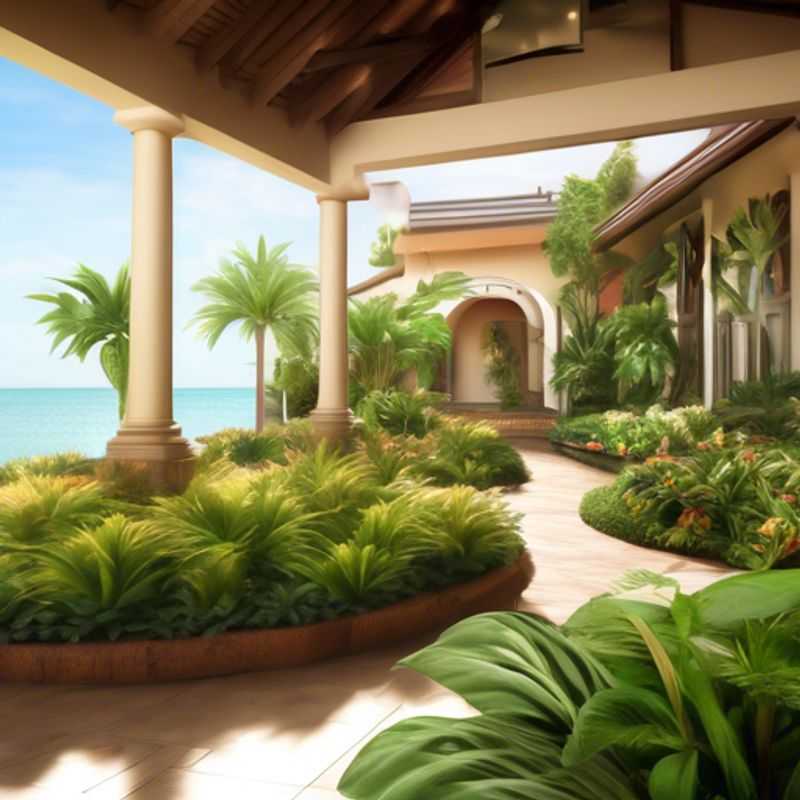
Embrace Drought-Tolerant Plants: A Greener, Less Water-Intensive Landscape
Choosing drought-tolerant and weather-resistant plants is a smart way to reduce water usage and create a sustainable landscape. These plants have adapted to survive with minimal water, making them perfect for arid climates or areas prone to water restrictions. Succulents, like cacti and aloe vera, store water in their leaves and stems, allowing them to thrive in dry conditions. Native plants, those that naturally grow in your region, are often well-suited to the local climate and require less maintenance. Grasses like buffalo grass and blue grama are hardy and low-maintenance choices for lawns.
Remember to factor in the initial cost of purchasing these plants, which may be higher than traditional options. You can also consider mulching around plants to conserve moisture and installing a drip irrigation system, which delivers water directly to plant roots, reducing waste. With a little research and planning, you can create a beautiful and water-wise garden that thrives even in the driest conditions.
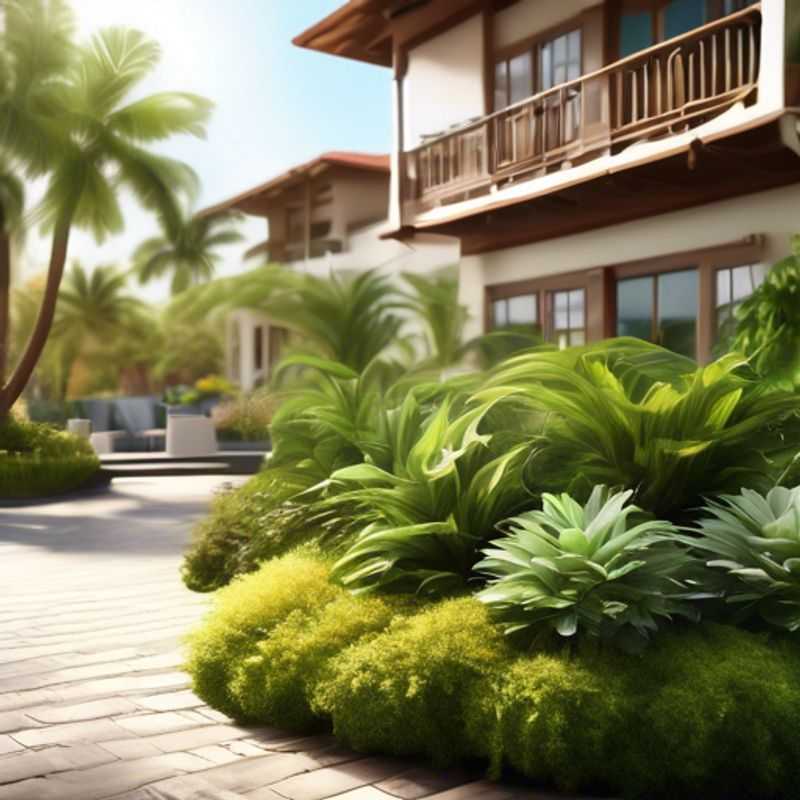
Plan for Growth: How to Choose Plants That Fit Your Space
When planning your garden or landscape, it's crucial to research the mature size of your chosen plants. This ensures they'll thrive and not outgrow their space. Failing to consider mature size can lead to overcrowding, compromising plant health and aesthetics.
Think of mature size as the plant's full potential height and spread, usually measured in feet or meters. This information is often found on plant tags or online resources.
The research process may require some time and attention. Start with a good online search, checking gardening websites or nurseries' online catalogs. It's also useful to consult with local horticultural experts or garden centers for their insights on mature plant sizes in your specific climate.
By taking the time to plan and research plant sizes, you'll ensure a harmonious and thriving garden for years to come.
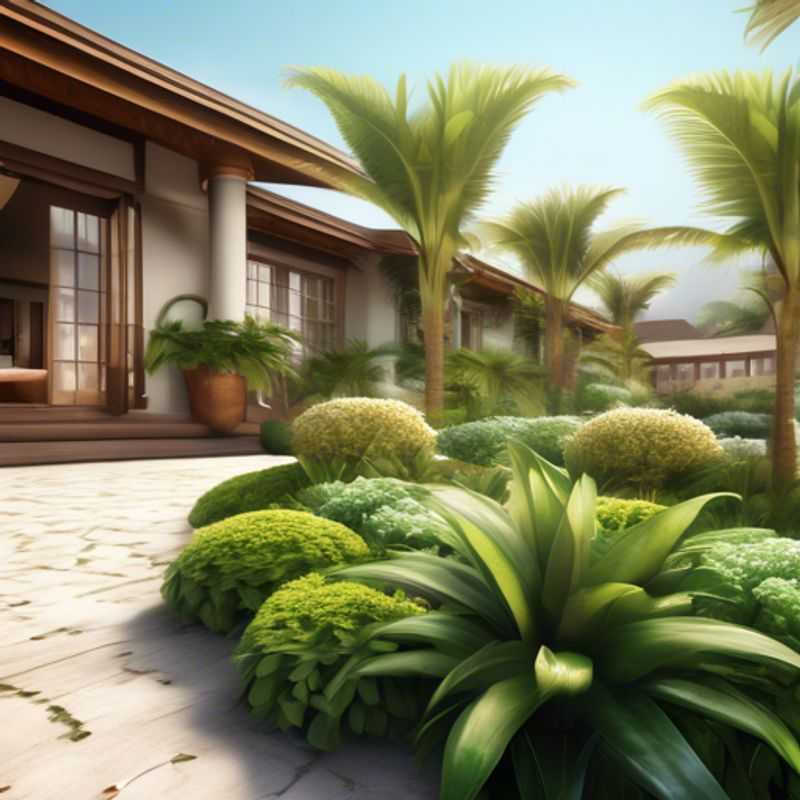
Layer Your Landscape: Creating Visual Interest with Plant Variety
When designing your garden, incorporating a mix of plants with different heights, textures, and colors creates visual interest and depth. This principle is often called layering. Think of it like a painting – you need different elements to create a captivating scene.
Height plays a key role. Tall plants, like trees or tall perennials, act as backdrops, adding structure and framing the space. Mid-sized plants create a sense of flow and connect the different levels, while groundcover plants fill in the gaps and soften edges.
Texture adds another dimension. Combining plants with different leaf shapes and sizes, such as feathery ferns, spiky yucca, or smooth-leaved hostas, adds complexity and keeps your garden from looking monotonous. Color is essential, but don’t be afraid to mix it up! Think about the colors that complement each other and create a sense of harmony.
Remember, planning is key. Consider the sun exposure, soil conditions, and the overall size of your space before you start planting. You can also consult with a landscape designer or horticulturist for professional advice. Patience is crucial, as it takes time for plants to establish themselves. Be prepared to adjust your plan and experiment until you achieve the desired look and feel for your garden.
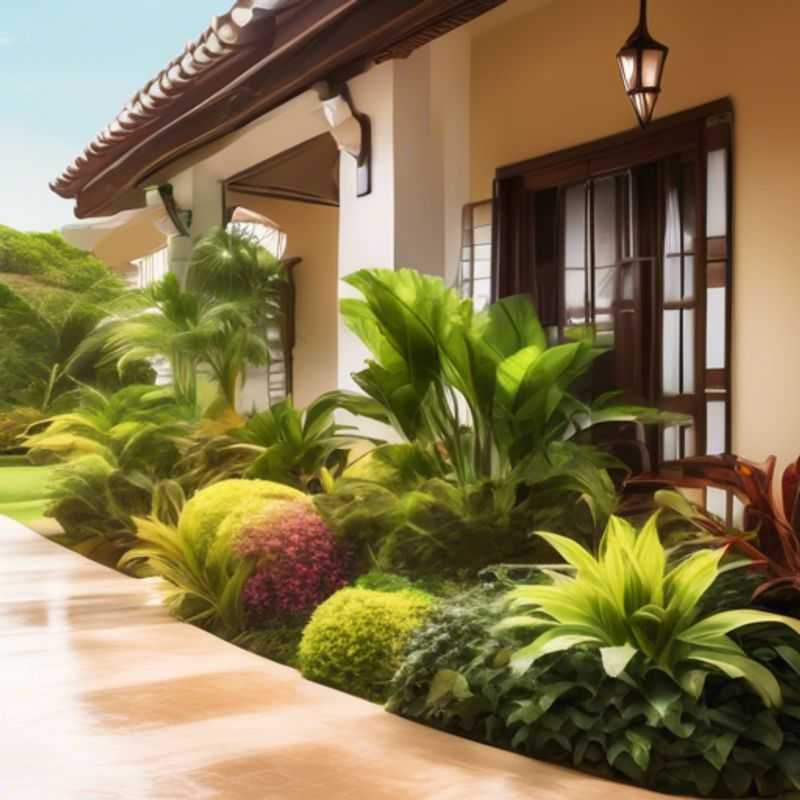
Plan for Seasonal Changes: Choosing Plants for Year-Round Interest
Planning for seasonal changes in your garden can be a fun and rewarding experience. One key aspect is choosing plants that provide year-round interest. This means selecting plants that offer visual appeal throughout the year, even during colder months. Think of the texture, shape, and color of leaves and branches in winter, the emergence of early spring blooms, and the vibrant colors of summer flowers. There's a real satisfaction in seeing your garden thrive through all seasons.
Here are some key points to consider when choosing plants for year-round interest:
Evergreen Trees and Shrubs: Provide structure and color during winter with their persistent foliage. Think of pines, firs, rhododendrons, and hollies.
Deciduous Trees and Shrubs: Offer stunning fall foliage and interesting bark textures in winter. Maples, oaks, and dogwoods are excellent choices.
Vines: Add vertical interest and color with climbing vines. Consider evergreen vines like ivy and clematis for year-round appeal.
Perennials: Choose perennials with varying bloom times to ensure flowers throughout the seasons.
Grasses: Ornamental grasses offer year-round texture and visual interest, particularly in winter when their seed heads create a beautiful landscape.
When planning your garden, consider the following:
Sunlight: Different plants have different sunlight requirements, so understand your garden's sun exposure.
Soil: Test your soil to ensure it's suitable for the plants you choose.
Hardiness Zones: Choose plants that are hardy in your region's climate zone.
Remember, a well-planned garden can be a source of joy and beauty year-round. Take your time, research your options, and enjoy the process of creating a garden that reflects your personal style and interests.
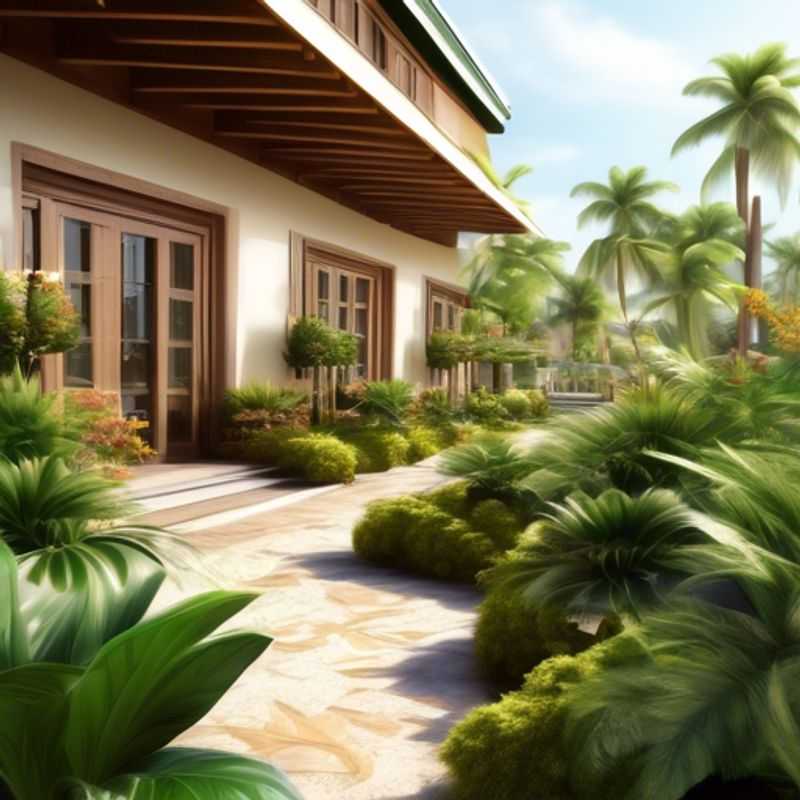
Planting for Success: Choosing Plants Suited to Your Climate and Hardiness Zone
Choosing the right plants for your garden is essential for their success. The USDA Plant Hardiness Zone map is a valuable tool to guide your plant selection. This map divides the United States (and parts of Canada) into zones based on average annual minimum winter temperatures. Each zone represents a range of temperatures, with higher numbers indicating warmer climates.
Knowing your USDA hardiness zone helps you select plants that can thrive in your specific climate. Plants listed for your zone are likely to survive the coldest winters in your area. While USDA hardiness zones are a great starting point, it's important to consider other factors like microclimates, soil type, and your specific location within a zone. Microclimates, like areas near bodies of water or sheltered by trees, can have different temperature variations.
For instance, a plant labeled for Zone 5 might survive in a Zone 4 location with good protection. Always check with local nurseries and garden centers for recommendations on plants suitable for your specific area. They can provide valuable insights based on their experience and knowledge of the local climate.
